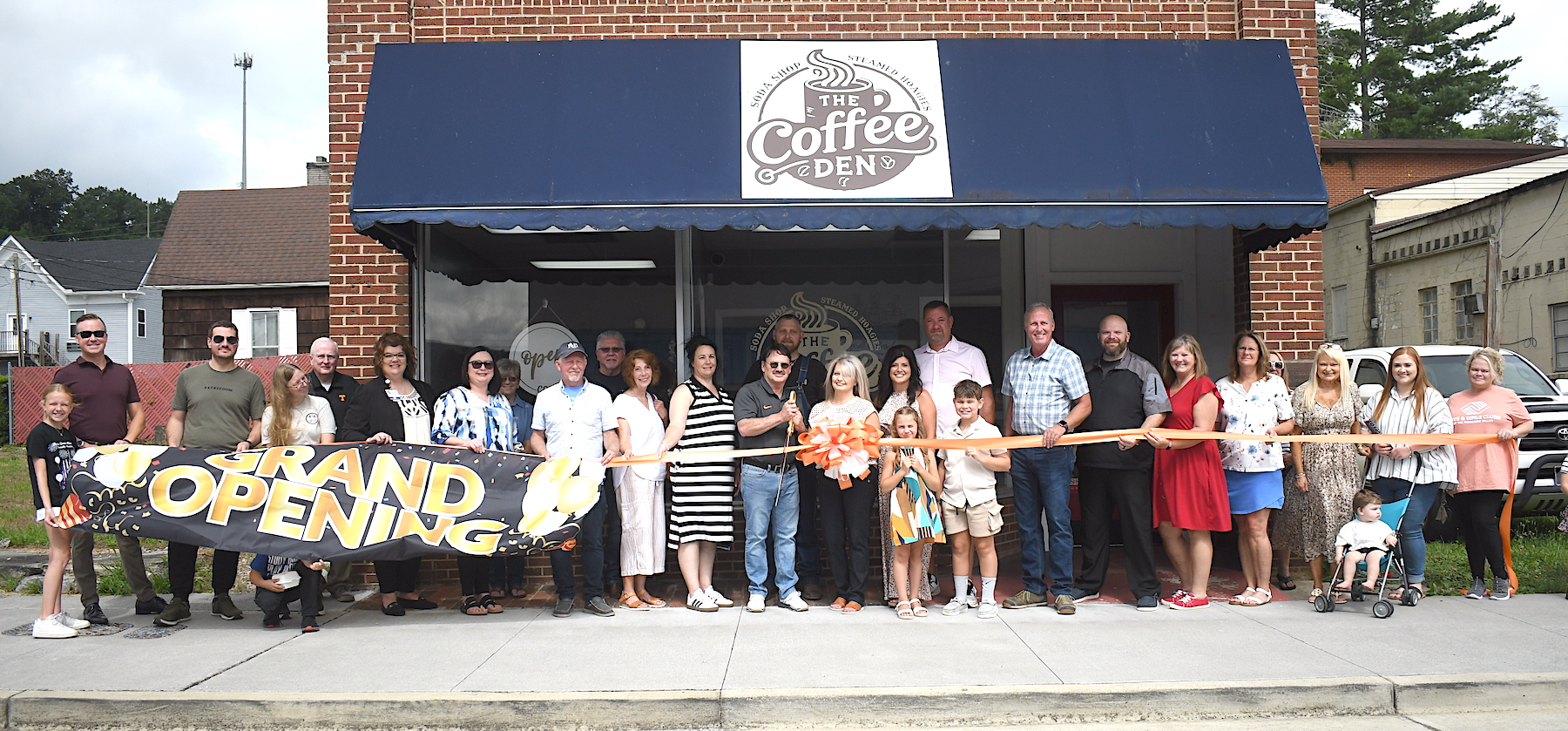Traveling the Wilderness Road
Published 4:16 pm Thursday, December 21, 2023

- Settlers used the Wilderness Road to pass through the Cumberland Gap to the West. Photo via Trail Link
|
Getting your Trinity Audio player ready...
|
By Jadon Gibson
Contributing Columnist
On March 17, 1775 Chief Oconostota and Dragging Canoe met with other chiefs and agreed to sell lands including most of present-day Kentucky and a large tract of Tennessee.
Trending
Former judge Richard Henderson and the Cherokees had come close to reaching an agreement the prior year when they agreed to pay the Indians with rifles, lead, powder and other needs such as flour, blankets and sacks of corn. He made no attempt to gain approval from the British Crown and authorities were displeased because by providing arms to the Indians it would make them a greater nuisance throughout the area.
Henderson advertised for settlers by offering 500 acres to all who would raise a crop of corn on the new land. He stated that fifty soldiers would be hired for protection and they would also receive 500 acres in payment.
The guns, lead, powder, rum, and other items to be exchanged were loaded onto six wagons and transported to Sycamore Shoals (Elizabethton), on the eastern edge of Tennessee.
Chiefs Dragging Canoe, Oconostota, Little Carpenter, Raven and over 1,200 Cherokee tribesmen arrived and mingled about the valley. They filed past the cabins and wagons for a glimpse at the goods to be exchanged. It was valued at 10,000 pounds in British currency.
Oconostota rose during the bartering and with great emotion opposed the historic sale. He urged his people to refuse the offer and resist further encroachment of the white man.
The agreement was struck the following day even though Dragging Canoe told Daniel Boone there would be much trouble and bloodshed in settling the land known as ‘the dark and bloody ground.’
Trending
Boone did not remain for the signing as Henderson contracted him to blaze a trail from Sycamore Shoals to the Kentucky River and to explore the newly acquired region. He had a band or crew of 30 axemen.
They traveled north to Moccasin Gap and turned westward there and crossed Clinch River and Powell Mountain. After crossing Powell River they soon arrived at the massive Cumberland Mountains and traveled westward along the base of the mountain. They passed beneath “a great wall of white rocks” near what is now Ewing, irginiabefore arriving at Cumberland Gap, the famous passageway through the mountains. They were ecstatic as they pushed onward into Kentucky.
“Every heart is abounding with joy and excitement as we began to discover the pleasing and rapturous appearance of Kentucky,” one of the group eloquently wrote in his diary. “So rich a soil we have never seen before and it was covered with clover in full bloom. The woods were alive, abounding with wild game, turkeys so numerous that nature had spread a feast for all. It almost induces us, in imitation of Columbus, to kiss the soil of Kentucky as he had the sand on his first setting foot on the shores of America.”
Their outlook changed when an attack by Indians left part of their group dead and others wounded. They persevered and soon crossed the Cumberland River near what is now Pineville.
Much travel and anxiety lay ahead. Boone’s men began constructing a fort near Boonesborough. Henderson and additional men were anxiously coming to his assistance. With great difficulty they pushed through to Boonesborough where Boone and his men gave them a salute of gunfire and declared a day of festivity upon their arrival.
The 13 colonies declared their independence from British rule July 4, 1776. The following day settlers from present-day Tennessee petitioned North Carolina for annexation. In 1777, North Carolina established Washington County, which included most of Tennessee. That year, Kentucky, too, became a county of Virginia.
Settlers steadily flowed into Kentucky, most using Wilderness Road and passing through Cumberland Gap. By 1790, Kentucky’s population was 73,000 and growing and in 1792 she was admitted into the union.
In the mid-1790s Wilderness Road was widened to allow passage by wagons resulting in an even greater westward migration.
Jadon Gibson is a writer from Harrogate, Tennessee. Thanks to Lincoln Memorial University, Alice Lloyd College and the Museum of Appalachia for their assistance.






